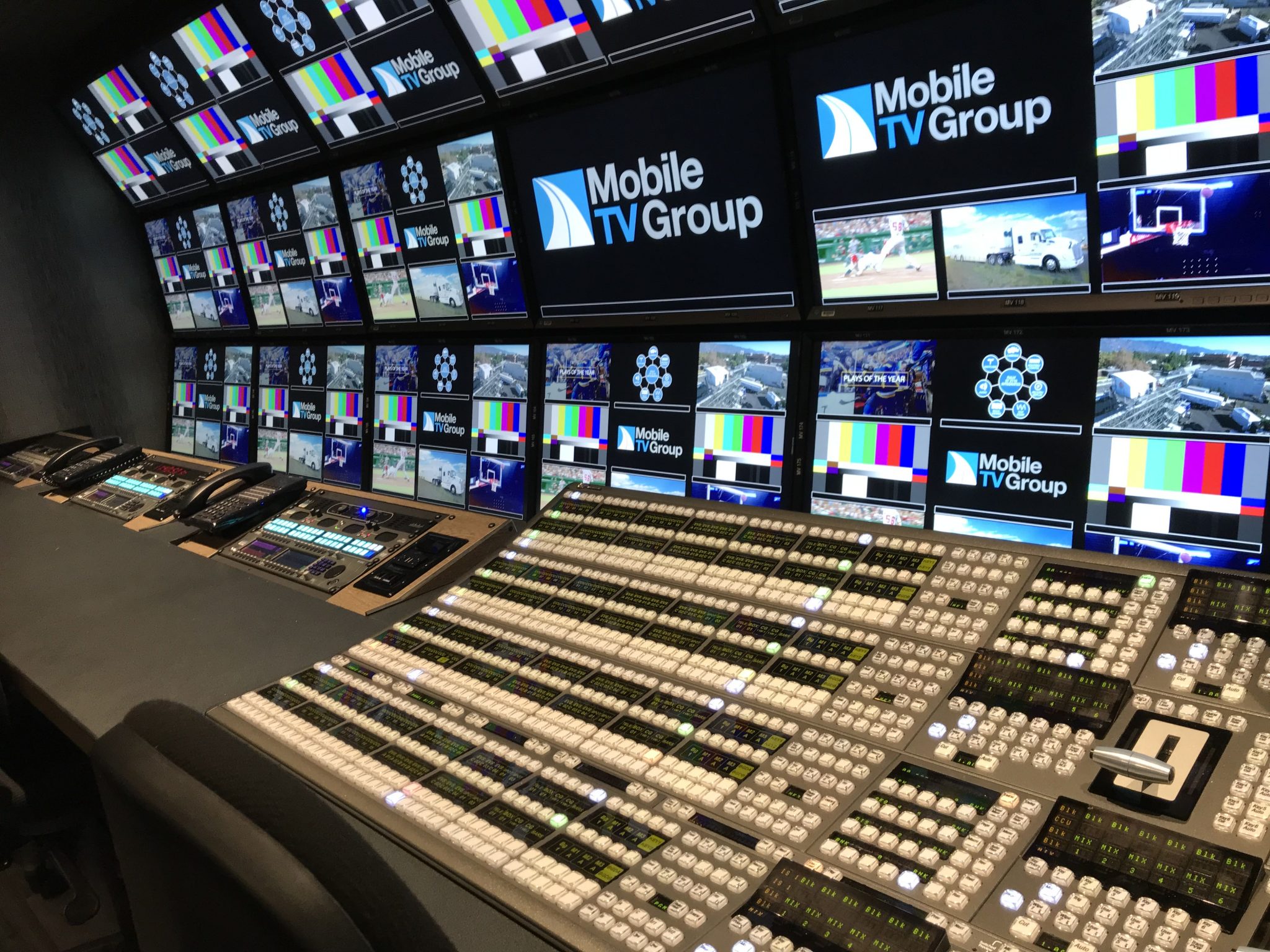Q&A: Mobile TV Group talks streaming, personalized viewing, and edge computing

Subscribe to NCS for the latest news, project case studies and product announcements in broadcast technology, creative design and engineering delivered to your inbox.
Broadcasters face soaring demands for quality content with an explosion of viewing options. Mobile TV Group has been at the forefront of supporting broadcasters through this disruption, equipping them with technologies to deliver experiences from any location to any platform.
We recently spoke with the team at Mobile TV Group about the trends they’re seeing in live production – such as personalized viewing experiences, flexibility in production and even edge computing.
Their insights provide a glimpse into the future of live broadcast production, revealing emerging opportunities and how the viewer experience can become even more immersive in the years ahead.
How has quality increased over the last year in live broadcast production?
There is a constant demand for higher quality in broadcast, especially during a time of disruption. Tech is always advancing, and in this industry that means higher expectations for the viewer experience — including higher resolution, broader color range, more super slow-motion, and better graphics. It is the technology provider’s job to equip broadcasters with the technology to meet demands. Live production is a fast-paced environment, and the industry as a whole is no different, so we are always looking for ways to improve everything that we do.
The industry is changing and moving towards different channels. As broadcasters explore building their own streaming apps, where are there emerging opportunities?
Streaming apps open up many doors for both broadcasters and viewers. Viewers have many options and are choosing exactly what they want to watch. Giving viewers a customizable viewing experience is the next evolution and biggest opportunity. Streaming platforms allow for a two-way relationship between the viewer and the broadcaster, which hasn’t previously existed. The more connected the consumer feels to the content they’re watching, the more likely they are to watch again, making it advantageous for both parties involved.
How do you see the personalized viewer experience evolve in the near future?
The personalized viewing experience is going to be a key differentiator for attracting fans to platforms. Giving the viewer the ability to follow a specific player, or section of an event they’re watching, creates a customizable experience and sense of ownership, similar to first-person point-of-view gamification. It also gives the broadcaster insight into what consumers are truly looking for. Workflows and technology evolve, creating growing possibilities for what broadcasters can bring to their audiences.
How can industry providers remain flexible with the type and size of production?
A mix of hybrid cloud and edge computing workflows is how providers help their partners put out high-quality live productions on a daily basis for productions of all sizes. The hybrid cloud approach allows for a mix of on-prem mobile units and remote, making it perfect for broadcast hardware, software, staff and equipment to be located where they can be most effective. As these hybrid cloud solutions continue to improve, they will provide benefits across the industry, from the technology providers all the way to each viewer.
The industry has many tools at its disposal and it is the provider’s responsibility to match the right tools to the right job. Each live production is different, and there is never a one-size-fits-all solution in our industry, so companies need to be able to customize solutions that fit each customer and their needs.
Remaining flexible in a fast-paced industry like live production is critical for providing broadcasters with the ability to bring the highest quality viewing experience for their audience.
What makes edge computing different from cloud production?
There is an interesting paradox happening in the world of live production. While there is a shift to centralize the multiple racks of broadcast equipment that traditionally might be at each live event, there is simultaneously more and more production software that can run on less and less hardware (as computers get more powerful), resulting in less equipment needed in total.
This means some productions can run on a laptop or a very small server — centralizing a laptop just doesn’t make sense when it can easily be at the edge/on-site. The industry realizes the value that edge computing solutions can bring, so there will continue to be time and capital invested in its development.
Subscribe to NCS for the latest news, project case studies and product announcements in broadcast technology, creative design and engineering delivered to your inbox.




tags
edge computing, live trucks, Mobile TV Group, Mobile Units and OB Trucks, unit
categories
Broadcast Engineering, Executive Q&A, Heroes, Online and Digital Production, Playout & Video Transmission, Sports Broadcasting & Production, Streaming, Voices